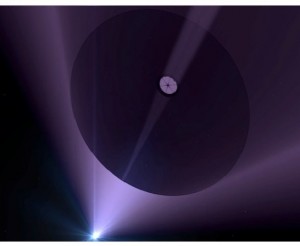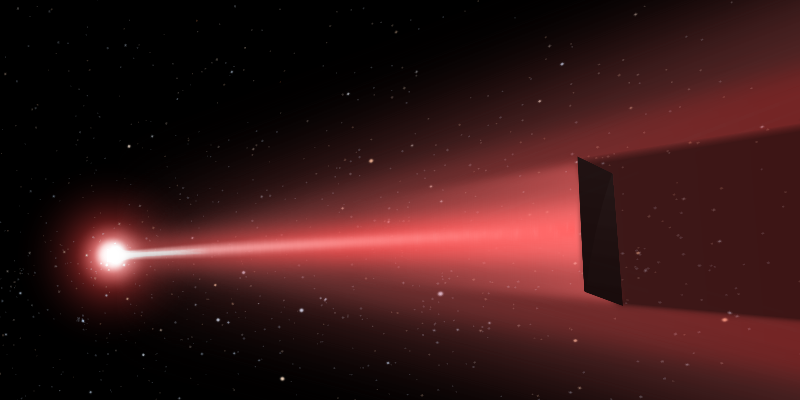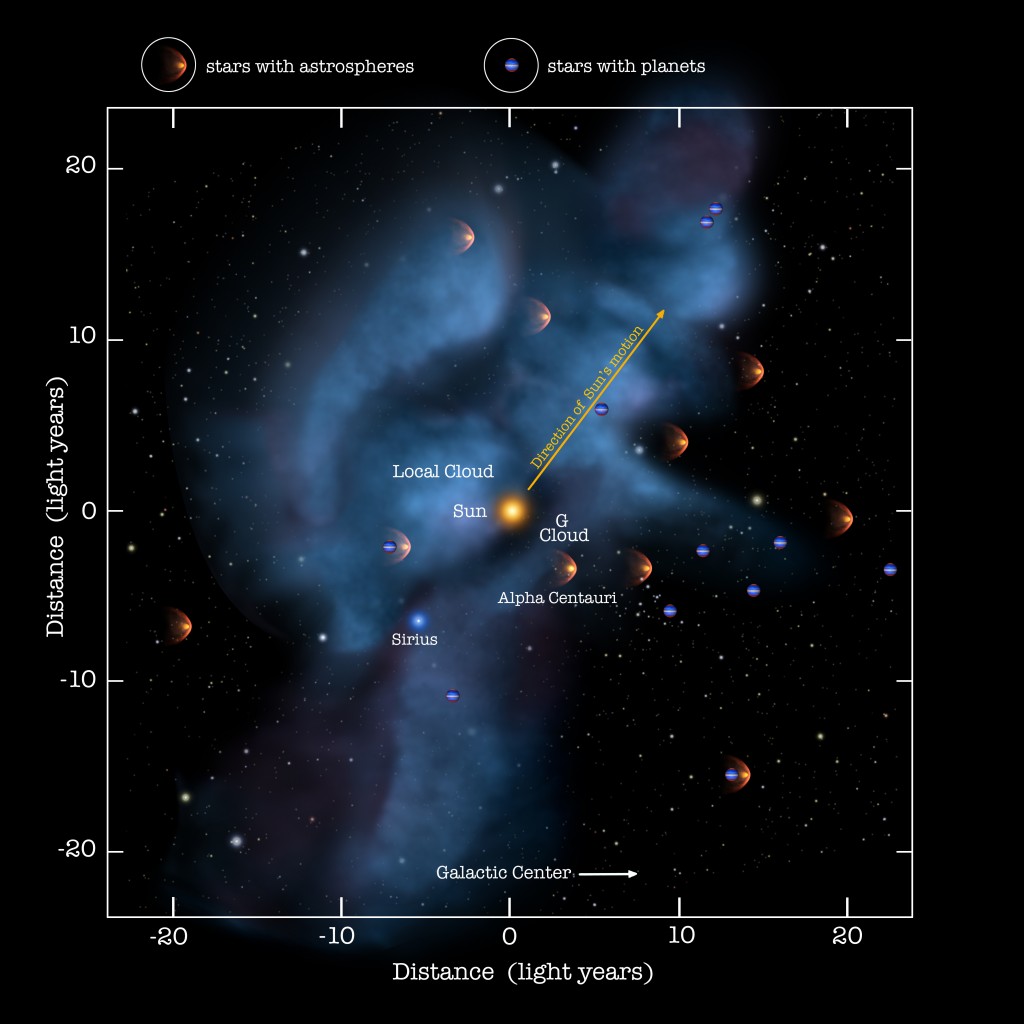- Home
- Classes
- Astro 1 Spring 2024
- INT 86TN Planetary Defense – Spring 2024
- Symmetry & Aesthetics in Contemporary Physics
- INT 184 – PL Interdisciplinary Honors Seminar – Weapons of Mass Destruction – Spring 2013
- Physics 150 – Modern Design and Fab – Fall 2019
- Physics 134 – Observational Astrophysics – Fall 2024
- Physics 4 – Winter 2023
- Physics 141 – Optics – Spring 2019
- Physics 145L – Astrophysics Research
- Physics 199 – Independent Research
- Projects
- Interdisciplinary Center for Interstellar Exploration (iC)
- NASA Watts on the Moon
- Extrasolar Travelers
- CMB-S4 – Ground Based CMB Cosmology Program
- Wafer Scale Spacecraft
- PI-Multimodal Planetary Defense
- Lunar Rover Project
- DE-STAR
- Starlight
- GreenPol – CMB Cosmology
- PLANCK
- Starshot
- SETI
- Small Projects
- Previous Projects
- Facilities
- People
- Net
- Outreach
- Misc
- Papers
Starlight
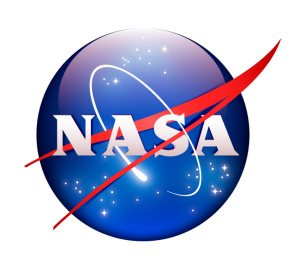

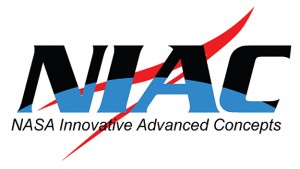
Starlight
Large Scale Directed Energy for Space Applications
LEO, MEO, GEO, Lunar, Fast Solar System and Ultimately Relativistic Interstellar Missions
The Starlight program as known as DEEP-IN (Directed Energy Propulsion for Interstellar Exploration) and DEIS (Directed Energy Interstellar Studies) is a NASA program to use large scale directed energy to propel small spacecraft to relativistic speeds to enable humanity’s first interstellar missions. This program was started in 2009 with initial funding from UC Santa Barbara and the NASA Spacegrant Consortium with funding from the NASA Innovative Advanced Concepts (NIAC) program from a 2014 proposal. NIAC Phase I funding began in April 2015 with Phase II funding started in May 2016.
Since the beginning of spaceflight, humans have accomplished wonderful feats of exploration and showcased their drive to understand the universe. Yet, in those 60 years, only one spacecraft, Voyager 1 (launched in 1977) has left the solar system. As remarkable as this is, humans will never reach even the nearest stars with our current propulsion technology. Instead, radically new strategies involving the technology already available must be used.
We propose a roadmap to a program that will lead to sending relativistic probes to the nearest stars.
To do so requires a fundamental change in our thinking of both propulsion and our definition of what a spacecraft is. In addition to larger spacecrafts capable of human transportation, we consider “wafer sats”, wafer-scale systems weighing no more than a gram. The wafer sats would include integrated optical communications, optical systems, and sensors. When combined with directed energy propulsion, these are capable of speeds greater than 0.25 c.
This program has applications for planetary defense, SETI and Kepler missions.
List of our recent Directed Energy related publications: DE_STAR_and_related_References
An online photon propulsion calculator with laser comm is available: Laser Propulsion (Classical 1D) – Standalone
Relativistic online photon propulsion calculator with laser comm is available: Relativistic Laser Propulsion (Classical 1D) – Standalone
More sophisticated laser communications online calculator (Messerschmitt – see below) Here
For our related Breakthrough Initiatives Starshot effort see: Here
…projects/starshot
For our related work on small wafer scale spacecraft see: Here
…projects/wafer-scale-spacecraft-development
For implications of this technology to future planetary defense applications see: Here
…projects/directed-energy-planetary-defense
For implications of this technology for optical SETI see: Here
…projects/implications-of-directed-energy-for-seti

1/4-Scale 19 Element Phased Array with 7 central elements activated and Hexapod from PI - Front View

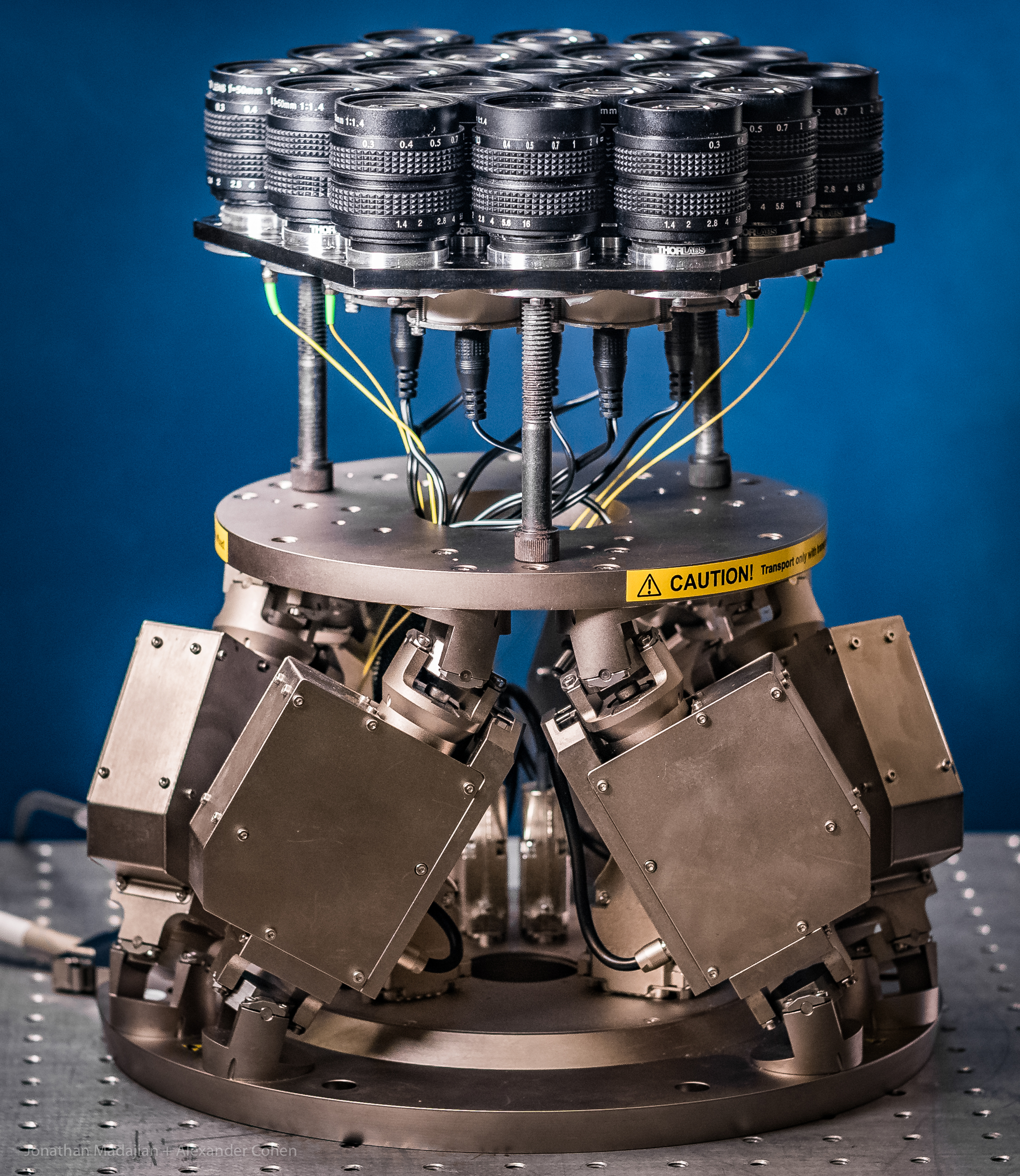
1/4-Scale 19 Element Phased Array with Hexapod from PI

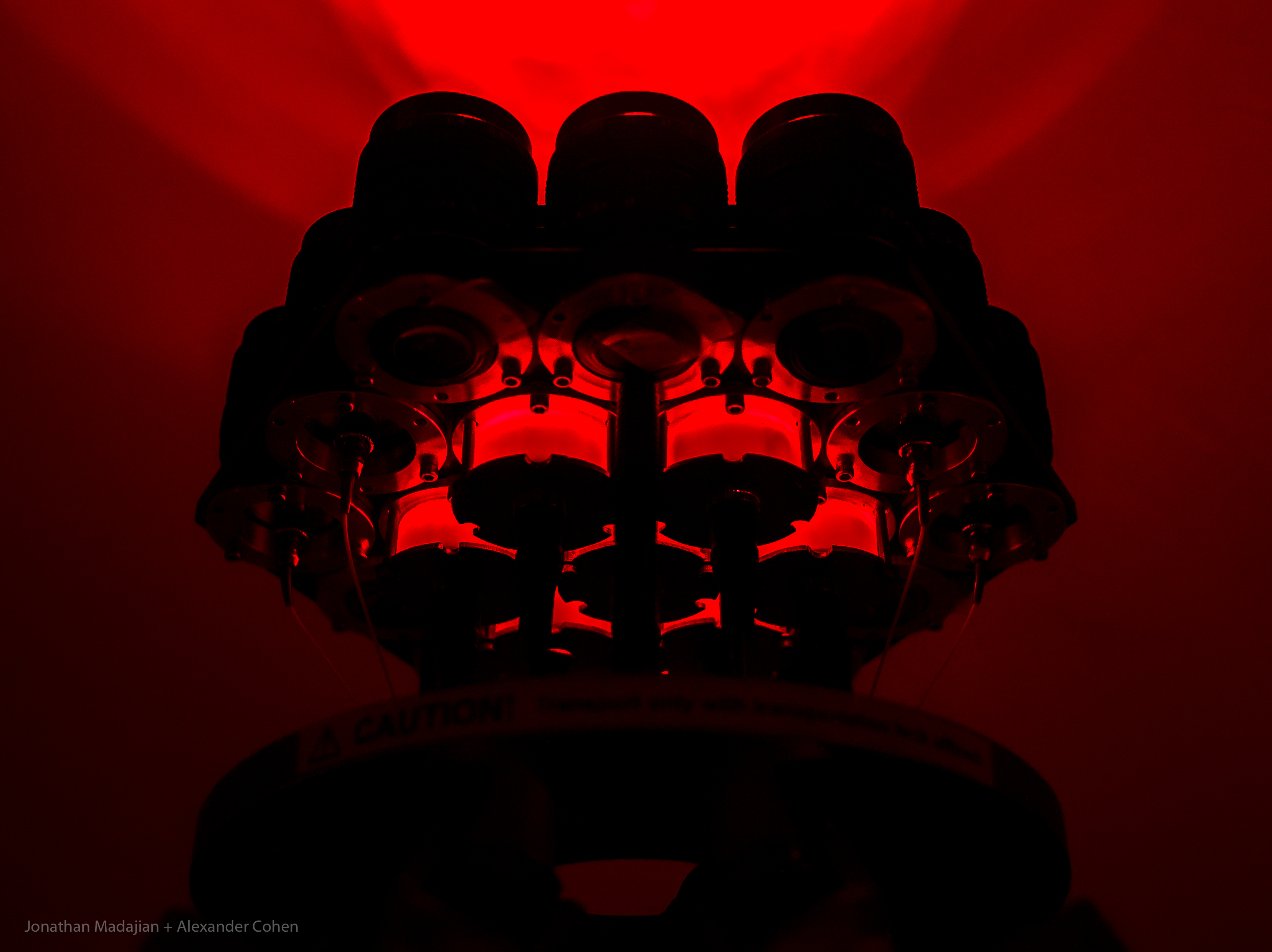
1/4-Scale 19 Element Phased Array with 7 central elements activated - Bottom View

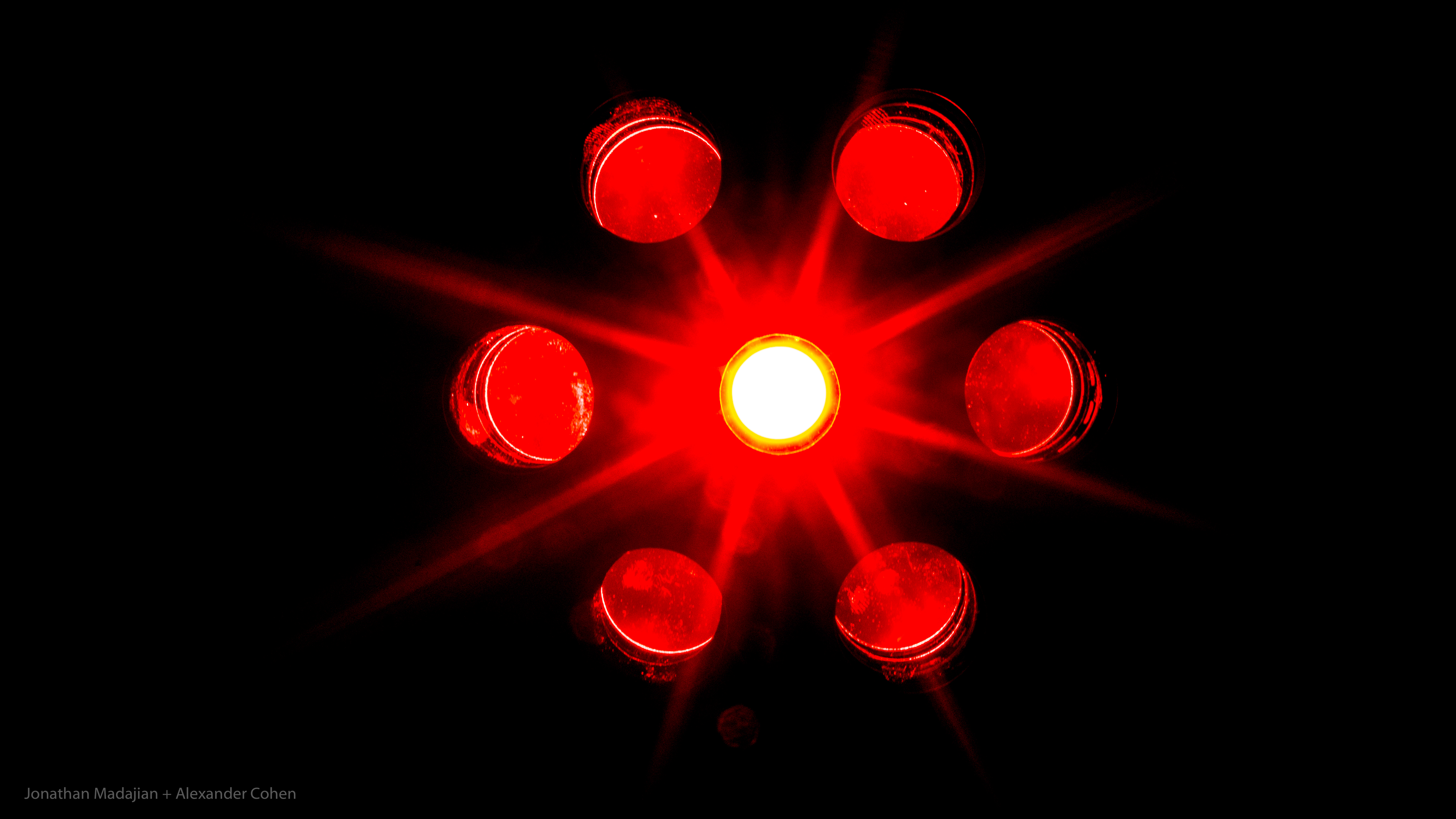
1/4-Scale 19 Element Phased Array with 7 central elements activated - Front View

Array and Hexapod Demonstration
TED Talk – September, 2020
“How Humanity Can reach the Stars”
www.ted.com/talks/philip_lubin_how_humanity_can_reach_the_stars
May 2016 – FY 2017 NASA budget request includes Alpha Centauri relativistic mission study
FY 2017 NASA appropriation request – Science
Amy on the Radio – May 22, 2016
Photonic Propulsion for Interstellar Flight
NPR – May 10, 2016
Are we about to send Spacechips to the Stars
Breakthrough Starshot Announcement – April 12 – 2016
Official Webpage for Breakthrough Initiatives
Articles by Scientific American, Wired, Popular Science, and The Economist
Breakthrough Interview on Photon Propulsion
What makes photon propulsion feasible
Video Interview with TIME Magazine – Nov 7, 2015
Time – Inside the Plan to go to the Stars
Recent Publications
A Roadmap to Interstellar Flight – Lubin – submitted April 2015 to JBIS
JBIS Vol 69, Pages 40-72, Feb 2016
A Roadmap to Interstellar Flight
http://arxiv.org/abs/1604.01356
Timing relationships and resulting communications challenges in relativistic travel – 2024
https://arxiv.org/abs/2311.14039
Interstellar Flyby Scientific Data Download Design – June 2023
http://arxiv.org/abs/2306.13550
Swarm of Lightsail Nanosats for Solar System Exploration – November 2023
Nature – Scientific Reports 13, 19583, 2023
https://arxiv.org/abs/2208.10980
https://www.nature.com/articles/s41598-023-46101-3
Optimal Mass and Speed for Interstellar Flyby with DE Propulsion – 2022
http://arxiv.org/abs/2206.13929
The Path – Transformational Space Exploration – 2022
2 Volume Book Series – World Scientific Publishing
https://www.worldscientific.com/worldscibooks/10.1142/11918
Multilayers for Directed Energy Accelerated Lightsails
www.nature.com/commsmat – Nature Communications Materials – March 2022
https://www.nature.com/articles/s43246-022-00240-8.pdf
https://doi.org/10.1038/s43246-022-00240-8
Radiation Effects from ISM and Cosmic Ray Particle Impacts on Relativistic Spacecraft
Lubin, Cohen and Erlikhman, Ap J 2022
https://arxiv.org/abs/2201.02721
https://doi.org/10.3847/1538-4357/ac6a50
The Economics of Interstellar Flight – Acta Astronautica 2022
http://arxiv.org/abs/2112.13911
www.centauri-dreams.org/2022/01/11/interstellar-reach-the-challenge-of-beamed-energy/
www.centauri-dreams.
Interstellar Biology – Propagating Life Outside the Solar System
Lantin et al Acta Astronautica 190,261, Jan 2022
https://www.sciencedirect.com/science/article/pii/S0094576521005518
https://arxiv.org/abs/2110.13080
www.centauri-dreams.
Beam Propagation Simulation of Phased Laser Arrays with Atmospheric Perturbations
Hettel et al Applied Optics, 60, 5117, July 2021
Damage to Relativistic Interstellar Spacecraft by ISM Impact Gas Accumulation
Drobny et al 908, 248 Ap J Feb 2021
Survivability of Metallic Shields for Relativistic Spacecraft – 2021
J. Drobny et al. (2020), JBIS, 73, pp.446-456
Model Optimization for Deep Space Exploration via Simulators and Deep Learning
Bird,J, Colburn, K. Petzold, L., Lubin, P.
submitted Jan 2021
https://arxiv.org/abs/2012.14092
Fast Solar System transportation with electric propulsion powered by directed energy – Feb 2021
Acta Astronautica 179,78, Feb 2021- Elsevier
Sheerin, T., Petro, E., Winters, K., Lozano, P. Lubin, P.
https://www.sciencedirect.com/science/article/abs/pii/S0094576520305567
Relaying Swarms of Low-Mass Interstellar Probes – July 2020
http://arxiv.org/abs/2007.11554
The Path to Interstellar Flight – April 2020
Lubin, P. and Hettel, W.
submitted April 2019 – invited lecture June 2019
European Space Agency Acta Futura Vol 12, 9-45, April 2020
Advances in Deep Space Exploration via Simulators & Deep Learning – October 2020
New Astronomy
https://arxiv.org/abs/2002.04051
https://www.sciencedirect.com/science/article/abs/pii/S1384107620302219
https://doi.org/10.1016/j.newast.2020.101517
Laser Communication Online Calculator (Messerschmitt)
This model includes the intricacies of laser communications as discussed in the paper by Messerschmitt, Lubin and Morrison 2020 below:
https://arxiv.org/abs/1801.07778
Challenges in Scientific Data Communication with Low Mass Interstellar Probes – January 2020
https://arxiv.org/abs/1801.07778
Directed Energy Intercept of Satellites – Advances in Space Research – submitted 9-18
She, S., Hettel, W. and Lubin, P.
https://arxiv.org/abs/1809.09196
Interstellar Mission Communications – Low Background regime – Ap J – January 2018
http://arxiv.org/abs/1801.07778
Relativistic Spacecraft Propelled by Directed Energy – Ap J – October 2017
http://arxiv.org/abs/1710.10732
SPIE Optics + Photonics – San Diego – August, 2019
“Beam propagation simulation of large phased laser arrays”
http://dx.doi.org/10.1117/12.2528931
“Directed energy phased array for space exploration: 1064nm amplifier design and characterization”
http://dx.doi.org/10.1117/12.2529551
“Directed energy phased array for deep space exploration: phase noise tests using polarization diversity technology”
http://dx.doi.org/10.1117/12.2529539
“Optical systems for large-aperture phased laser array including diffractive optics”
“Interrogating the molecular composition of asteroids from a remote vantage: progress in the laboratory”
SPIE Optics + Photonics – San Diego – August, 2018
“Remote Laser Evaporative Molecular Absorption (R-LEMA) spectroscopy laboratory experiments”
“Experimental design for remote laser evaporative molecular absorption spectroscopy sensor system concept”
“Deep space laser communication hardware driver (Conference Presentation)”
SPIE Optics + Photonics – San Diego – August, 2017
“NEO deflection by laser ablation: experimental results (Conference Presentation)”
“Long-period comet impact risk mitigation with Earth-based laser arrays”
“Near-field optical model for directed energy-propelled spacecrafts”
“The trillion planet survey: an optical search for directed intelligence in M31”
SPIE Optics + Photonics – San Diego – August, 2016
Madajian et al. “LAST: Laser Array Space Telescope”: Paper
Srinivasan et al. “Stability of laser-propelled wafer satellites”: Paper
Lubin et al. “Implications of Directed Energy for SETI”: Paper
Brashears et al. “Building the future of wafersat spacecraft for relativistic flight“: Paper
Kulkarni et al. “Relativistic solutions to directed energy“: Paper
Macasaet et al “Target tracking and pointing for arrays of phase-locked lasers, Planetary Defense and Space Environment Applications, edited by Gary B. Hughes, Proc. Of SPIE Vol. 9981, pp. 998101 (Aug, 2016).
Gandra et al “Comet deflection by directed energy: a finite element analysis,” Planetary Defense and Space Environment Applications, edited by Gary B. Hughes, Proc. Of SPIE Vol. 9981, pp. 998106 (Aug, 2016).
Zhang et al “Simulations of directed energy comet deflection,” Planetary Defense and Space Environment Applications, edited by Gary B. Hughes, Proc. Of SPIE Vol. 9981, pp. 998107 (Aug, 2016).
Madajian et al “LAST: laser array space telescope,” Planetary Defense and Space Environment Applications, edited by Gary B. Hughes, Proc. Of SPIE Vol. 9981, pp. 998110 (Aug, 2016).
Lubin, P. “Implications of directed energy for SETI,” Planetary Defense and Space Environment Applications, edited by Gary B. Hughes, Proc. Of SPIE Vol. 9981, pp. 998116 (Aug, 2016).
Hughes et al “Remote laser evaporative molecular absorption spectroscopy,” Planetary Defense and Space Environment Applications, edited by Gary B. Hughes, Proc. Of SPIE Vol. 9981, pp. 998119 (Aug, 2016).
Directed Energy for Relativistic Propulsion and Interstellar Communications – from Aug 2013 ICARUS Starship Congress submitted Jan 2014- Journal of the British Interplanetary Society (pub JBIS 2015 68, 172) – Lubin et al 2015 DE-STAR-JBIS – v13
As published: JBIS – as published – black-white – Lubin
SPIE Proceedings – Photonic Instrumentation – February 2016
Hughes et al “A fast, high-precision six-degree-of-freedom relative position sensor,” Photonic Instrumentation Engineering III, edited by Yakov G. Soskind and Craig Olson, Proc. Of SPIE Vol. 9754, pp. 975403-975403 (Feb, 2016).
SPIE Optics and Photonics – San Diego – August 2015
Zhang et al. Orbital simulations of laser-propelled spacecraft
Brashears et al. Directed Energy Interstellar Propulsion of WaferSats
Griswold et al SPIE “Simulations of directed energy thrust on rotating asteroids,” Nanophotonics and Macrophotonics for Space Environments IX, edited by Edward W. Taylor, David A. Cardimona, Proc. of SPIE Vol. 9616 (Aug, 2015).
Brashears et al “Directed Energy Deflection Laboratory Measurements,” Nanophotonics and Macrophotonics for Space Environments IX, edited by Edward W. Taylor, David A. Cardimona, Proc. of SPIE Vol. 9616 (Aug, 2015).
Zhang et a; “Orbital simulations of laser-propelled spacecraft,” Nanophotonics and Macrophotonics for Space Environments IX, edited by Edward W. Taylor, David A. Cardimona, Proc. of SPIE Vol. 9616 (Aug, 2015).
Hughes et a; “Stand-off molecular composition analysis,” Nanophotonics and Macrophotonics for Space Environments IX, edited by Edward W. Taylor, David A. Cardimona, Proc. of SPIE Vol. 9616 (Aug, 2015).
Steffanic, P et a; “Local phase control for a planar array of fiber laser amplifiers,” Nanophotonics and Macrophotonics for Space Environments IX, edited by Edward W. Taylor, David A. Cardimona, Proc. of SPIE Vol. 9616 (Aug, 2015).
Brashears et al “Solar Lens Mission Concept for Interstellar Exploration” Nanophotonics and Macrophotonics for Space Environments IX, edited by Edward W. Taylor, David A. CarNanophotonics and Macrophotonics for Space Environments IX, edited by Edward W. Taylor, David A. Cardimona, Proc. of SPIE Vol. 9616 (Aug, 2015).
IEEE Aerospace Conference –March 2015
Kosmo et al “Directed Energy Planetary Defense,” Aerospace Conference 2015 IEEE Proceedings, 7-14 March 2015, ISBN: 978-1-4799-5379-0.
Research Mentorship Program – UCSB – Summer 2015
Sturman et al. “Interstellar Flight and Recycling Light: a Bilateral Study“: Paper, Poster
Li et al. “Optimization for Laser-Propelled Spacecraft at All Launching Times”: Paper, Poster
Centauri Dreams
Early testing of Wafer Scale Spacecraft – May 14, 2019
Early Testing of Wafer Scale Spacecraft
DE-STAR – NASA Starlight and Breakthrough Starshot – A Short History – Oct 3, 2018
DE-STAR – NASA Starlight and Breakthrough Starshot – A Short History
Beaming WaferSats to the Stars – June 25, 2015
February 2016 – NASA 360 Video on Interstellar NIAC Results
NASA – DEEP-IN Webpage
https://www.facebook.com/FollowNASA360/videos
Video from NASA 360
NASA NIAC Fall Symposium – Seattle – October 2015
NASA NIAC June 2015 announcement – UCSB Current Article
Audio Interview with the Tennessee Valley Interstellar Workshop 2015
Keck Institute for Space Studies (KISS) 2014 Workshop on “Science and Enabling Technologies to Explore the Interstellar Medium” – final report – Final KISS ISM Report
SPIE Optics + Photonics – San Diego – August, 2014
Hughes et al. Optical modeling for a laser phased-array directed energy system
SPIE Optics + Photonics – San Diego – August, 2013
Proc. SPIE 8876, Nanophotonics and Macrophotonics for Space Environments VII, 887605 (24 September 2013);
https://doi.org/10.1117/12.2035346
Lubin et al. Directed Energy Planetary Defense (plenary)
Hughes et al. DE-STAR: Phased-Array Laser Technology for Planetary Defense and Other Scientific Purposes
Bible et al. Relativistic Propulsion Using Directed Energy
Plentary talk (45 min) by P. Lubin:
b
SETI Institute lecture– February 2014
SETI Big Picture Science Radio Show Interview: Space For Everyone: Philip Lubin by Niederhoff
Lecture – Presentation: Directed Energy for Planetary Defense and Implication for Searches for Advanced Civilizations
Example of Spacecraft Propelled by Laser
Consider a 10 g payload attached to a 2 m diameter sail (left) and a 1 g payload attached to a 0.7 m sail. The bare spacecraft mass is equal to the sail mass (right). In this example of a small system the laser array propelling the craft has an optical power of 272 kW and is 20 m diameter. The laser and craft both start in low Earth orbit. The array remains in low Earth orbit while the craft is slowly propelled away, spiraling outward from the Earth. The following simulation shows the trajectory of the craft over the first week of propulsion while still in Earth orbit. The craft will ultimately leave the Earth orbit completely in both cases. The left side is an optimized solution while the right is un-optimized for comparison
Orbital Simulation of Laser Propelling a Spacecraft
Consider a 10 g payload attached to a 2 m diameter sail (left) and a 1 g payload attached to a 0.7 m sail. The bare spacecraft mass is equal to the sail mass (right). In this example of a small system the laser array propelling the craft has an optical power of 272 kW and is 20 m diameter. The laser and craft both start in low Earth orbit. The array remains in low Earth orbit while the craft is slowly propelled away, spiraling outward from the Earth. The following simulation shows the trajectory of the craft over the first week of propulsion while still in Earth orbit. The craft will ultimately leave the Earth orbit completely in both cases. The left side is an optimized solution while the right is un-optimized for comparison
Orbital Simulation of Laser Propelling a Spacecraft
Funding
Funding for this program comes from NASA grants NIAC Phase I DEEP-IN – 2015 NNX15AL91G and NASA NIAC Phase II DEIS – 2016 NNX16AL32G and the NASA California Space Grant NASA NNX10AT93H and from the Emmett and Gladys W. Technology Fund and Breakthrough Initiatives as well as the Limitless Space Institute.
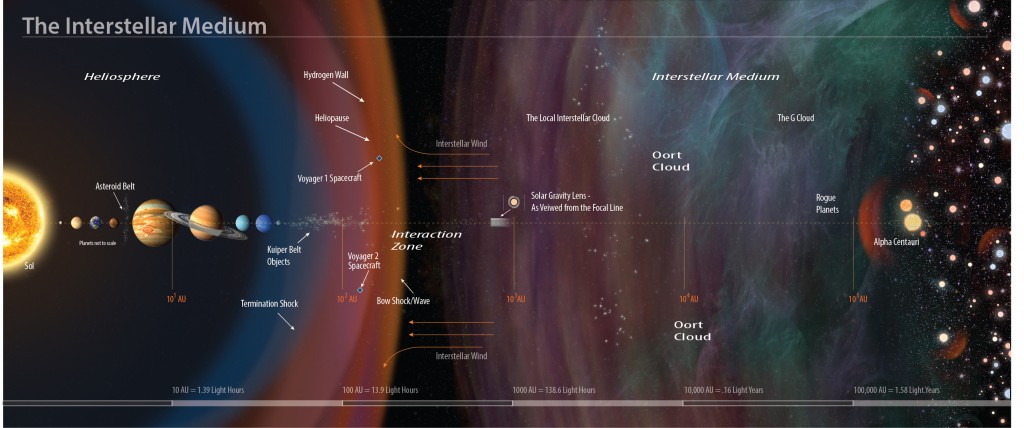
The richness of the interstellar medium from the sun to the nearest stars (Keck Institute for Space Studies)

